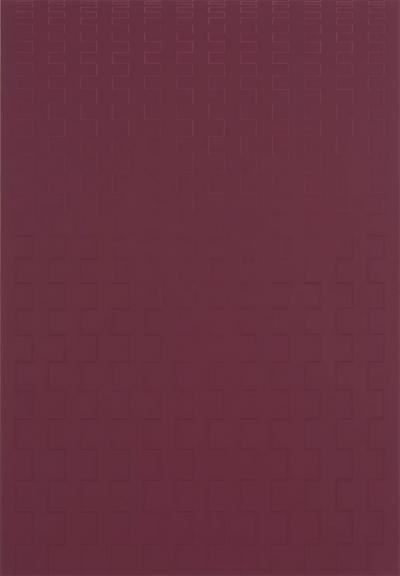Across the Generations. Polish Art in Marl 6th March to 12th June 2016
Mediathek Sorted




![ill. 5: Alina Szapocznikow: Fajrant [At the End of the Working Day] ill. 5: Alina Szapocznikow: Fajrant [At the End of the Working Day] - Rubber glove, polyester, brush. 26 x 18 x 15 cm, Museum Jerke, Bochum.](/sites/default/files/styles/width_100_tiles/public/assets/images/5_alina_szapocznikow.jpg?itok=I4t5lqAF)


























In this exhibition the leap to the middle generation was shown by the work standing next to it. “Object 3”, an upright glove poured in epoxy resin was made by the 19 year younger Teresa Murak who was born in 1945 (ill. 6). By contrast with the piece by Szapocznikow, Murak’s work is not so much an artistically designed object as a conserved document of a process. Murak, who studied at the Academy in Warsaw from 1970 to 1966 under Jan Tarasin amongst others, began working with cress seeds in 1972, which she stuck on pieces of clothing on her own body – or in this case on a glove used for “Object 3” – and brought to germination, thereby helping nature to develop a new form of expression. For Poland Murak represents the transition from object art to process art, and the introduction of new materials at the beginning of the 1970s.
The middle generation in the exhibition was also represented by Józef Robakowski (*1939) and Ryszard Waśko (*1947), both of whom work in the areas of experimental film and videos. At the start of the 1970s they also pursued studies in film together at the State School of Film, Television and Theatre in Łódź Państwowa Wyższa Szkoła Filmowa, Telewizyjna i Teatralna Im. Leona Schillera w Łodzi). Robakowski is one of the key figures in Eastern Europe video art. In Germany his works, which can be seen in places like the Zentrum für Kunst and Medientechnologie (ZKM) in Karlsruhe and the Neuer Berliner Kunstverein, analyse the language of media art. His artistic approach is strongly influenced by constructivism and the neo-avant-garde of the 1970s. The exhibition showed one of his best-known films “From My Window”, a chronicle of everyday scenes taken from the kitchen window in his flat in the centre of Łódź starting in 1978. Here the tension between the unchanging locality and the continuous political and social changes makes everything seem absurd. He stopped this work in 1999 when the city administration decided to build a five-star hotel on the place he had been filming (ill. 7). In addition the exhibition also showed one of his 35mm film installations, in which one of the lines inserted in the film snakes around the projection on the screen whilst the film itself is diverted in different directions on several occasions and moves like a snake through the room (ill. 8a, b). These and also a work entitled “Termogram” (2001) from a series of works on heat sensitive paper that were created over several years (ill. 9) bear witness to Robakowski’s simultaneously constructivist and playful approach to media art.
Waśko was one of the central artists in the exhibition: he had 13 works which covered a huge range of his artistic activities. The earliest works on show came from his time at the State Film University in Łódź 1970-1975, during which he was also a member of the Workshop for Film Form (Warsztat Formy Filmowej), one of the most important groups of Polish artists in the 1970s, where painters, filmmakers, critics, writers, philosophers and academics concerned themselves with experimental films and multimedia. The films he made after 1972, “Space out of”, “A Corner 1-2”, “?????” and “Soundline”, all loans from the Polish gallery “Żak|Branicka” in Berlin, were shown on old CRT monitors. Here the artist explores the relationship between space and time, camera and monitor, filming and what is being filmed, his own person and the observer at a minimal distance (ill. 10). In a similarly early photographic work “Cut-up Portrait 4” (1973) he used spliced photo strips to transcend the distance between distant views and close-ups of himself (ill. 11).





















































































